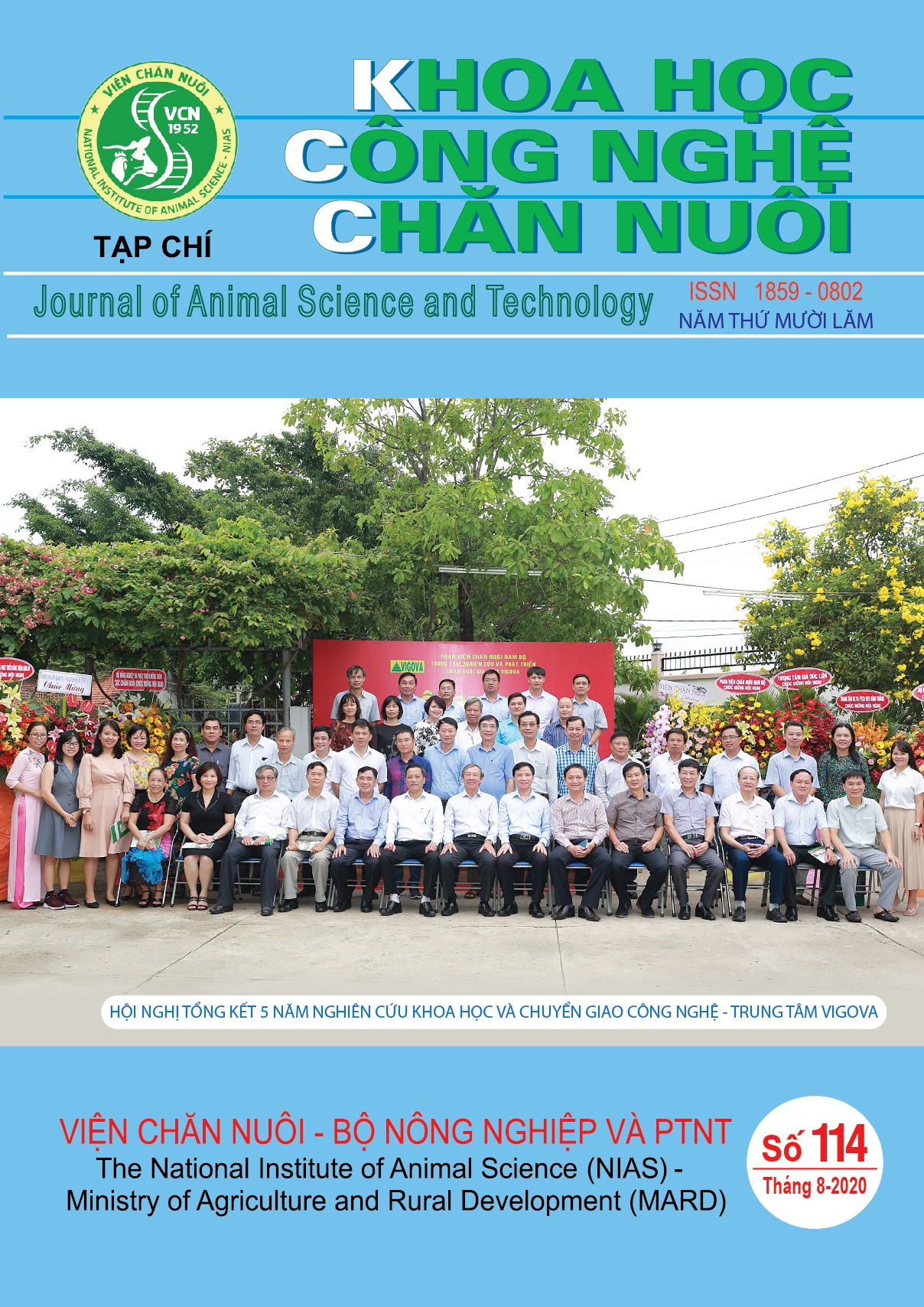Review on the environmental and biosecurity characteristics of livestock carcass disposal methods
Animal mortality is an integral part of livestock farming and proper disposal of these mortalities is necessary for effective disease control measures. Various disposal methods are being used throughout the world depending upon the legislations which are followed in different countries. In developing countries, the most widely used disposal methods are the traditional methods like: burying, burning, incineration, rendering and composting. There are some environmental, biosecurity, social and economic issues associated with these methods. Environmental constraints associated with these disposal methods are like: contamination of air, soil and water particularly due to persistency of some infections like ASF (African swine fever). Social concerns with these traditional disposal methods are: odour, contamination of drinking water and food chain. Similarly the economic constraints are associated with the alarming increase in the costs of raw materials like: electric, diesel and wood for burning. Issues are also related with the labor cost, availability of land and transportation of mortalities to site of disposal. In this review, environment and social issues, biosecurity risks and economic constrains will be discussed for each of these traditional methods.

